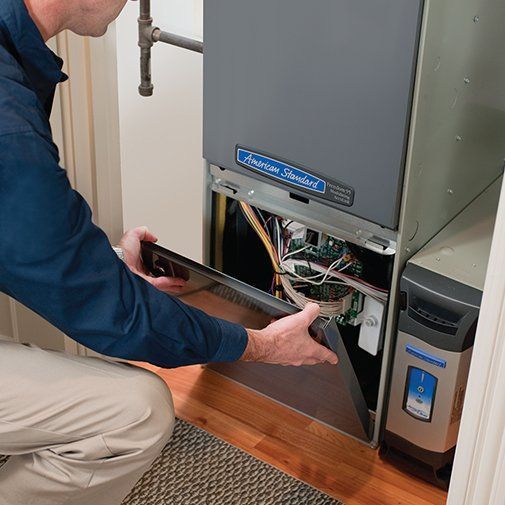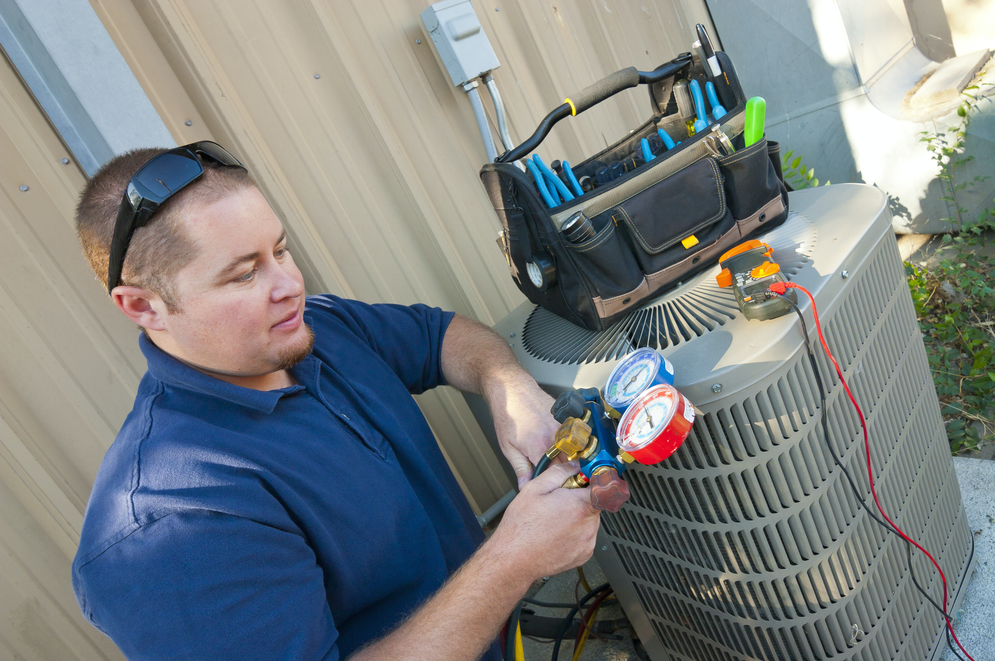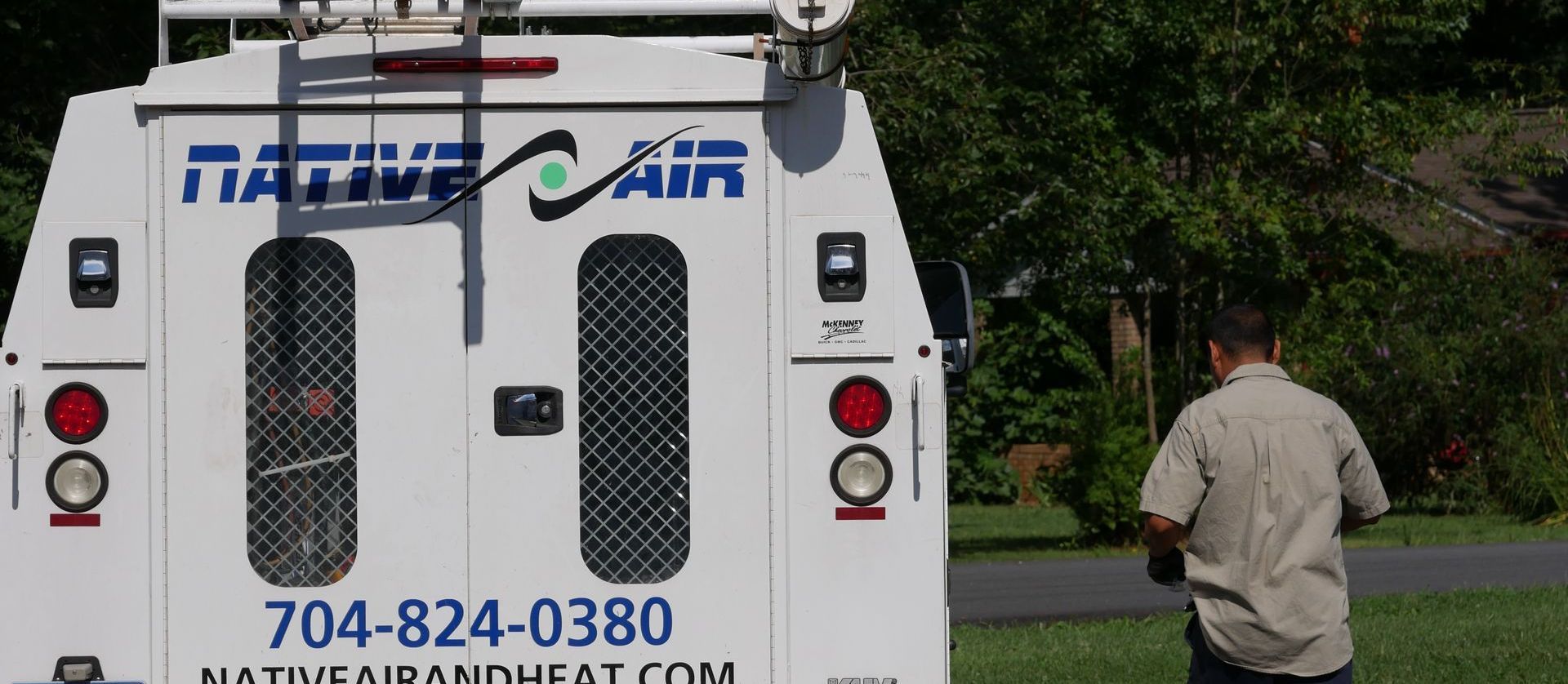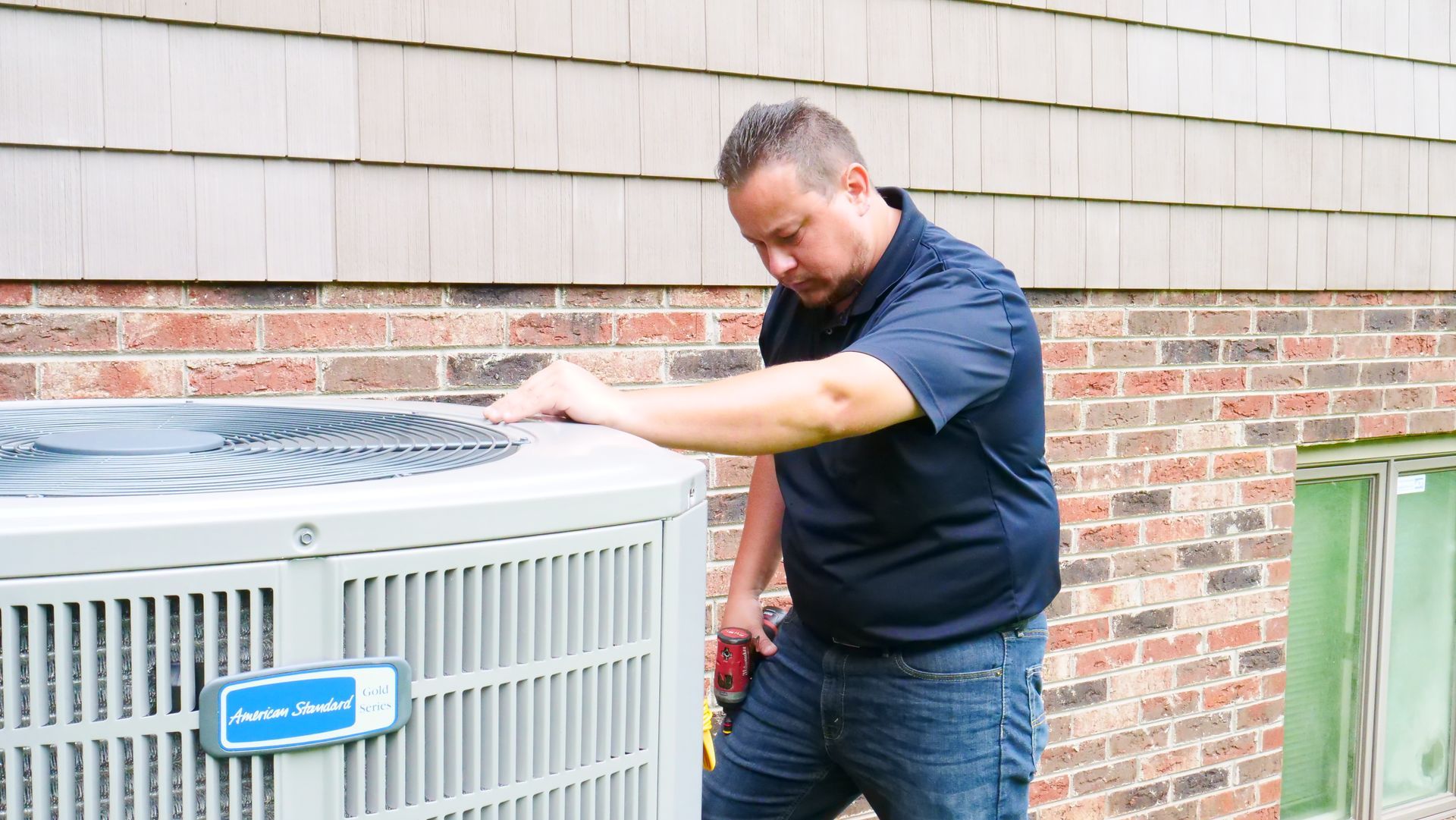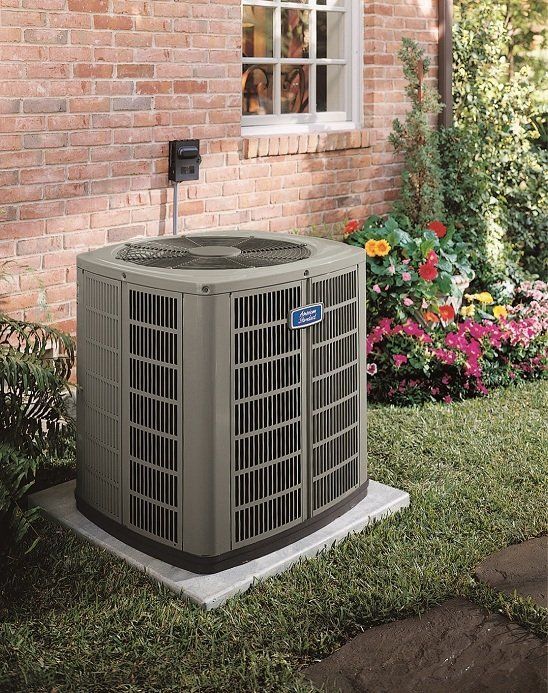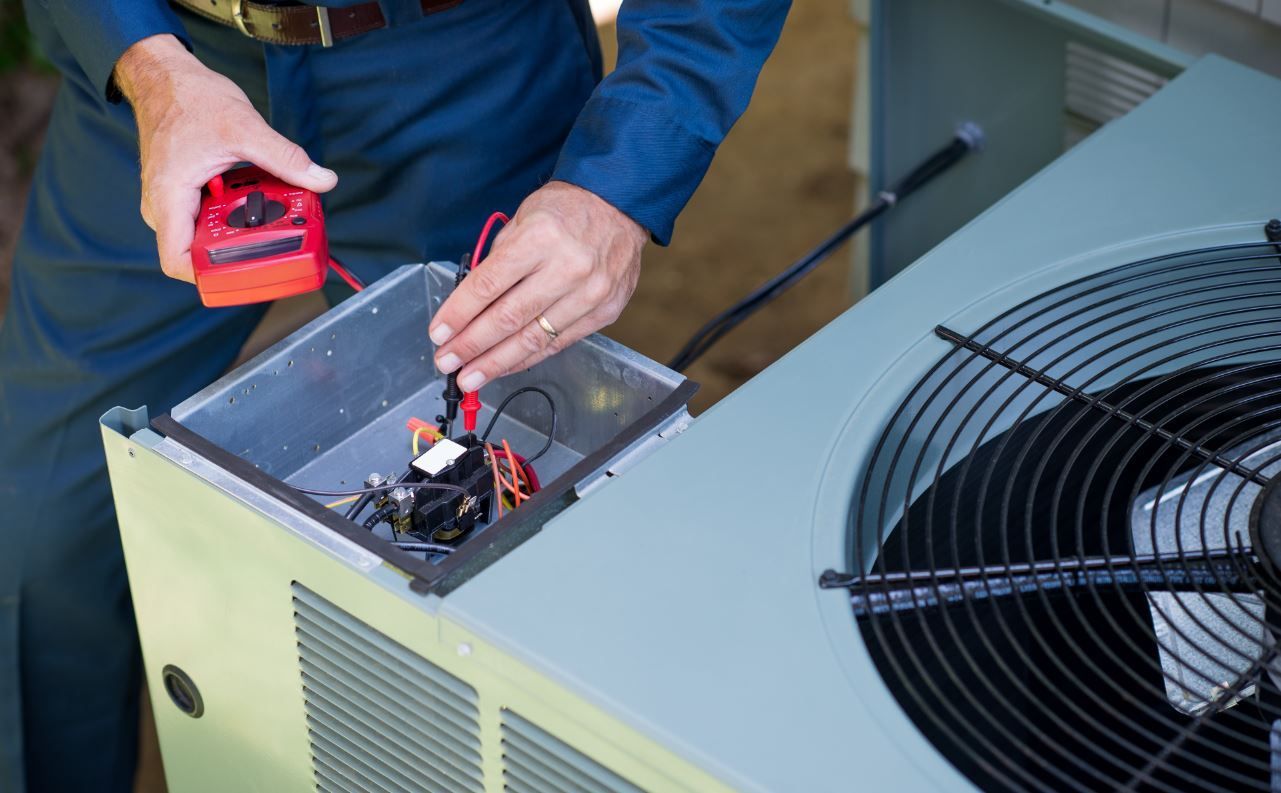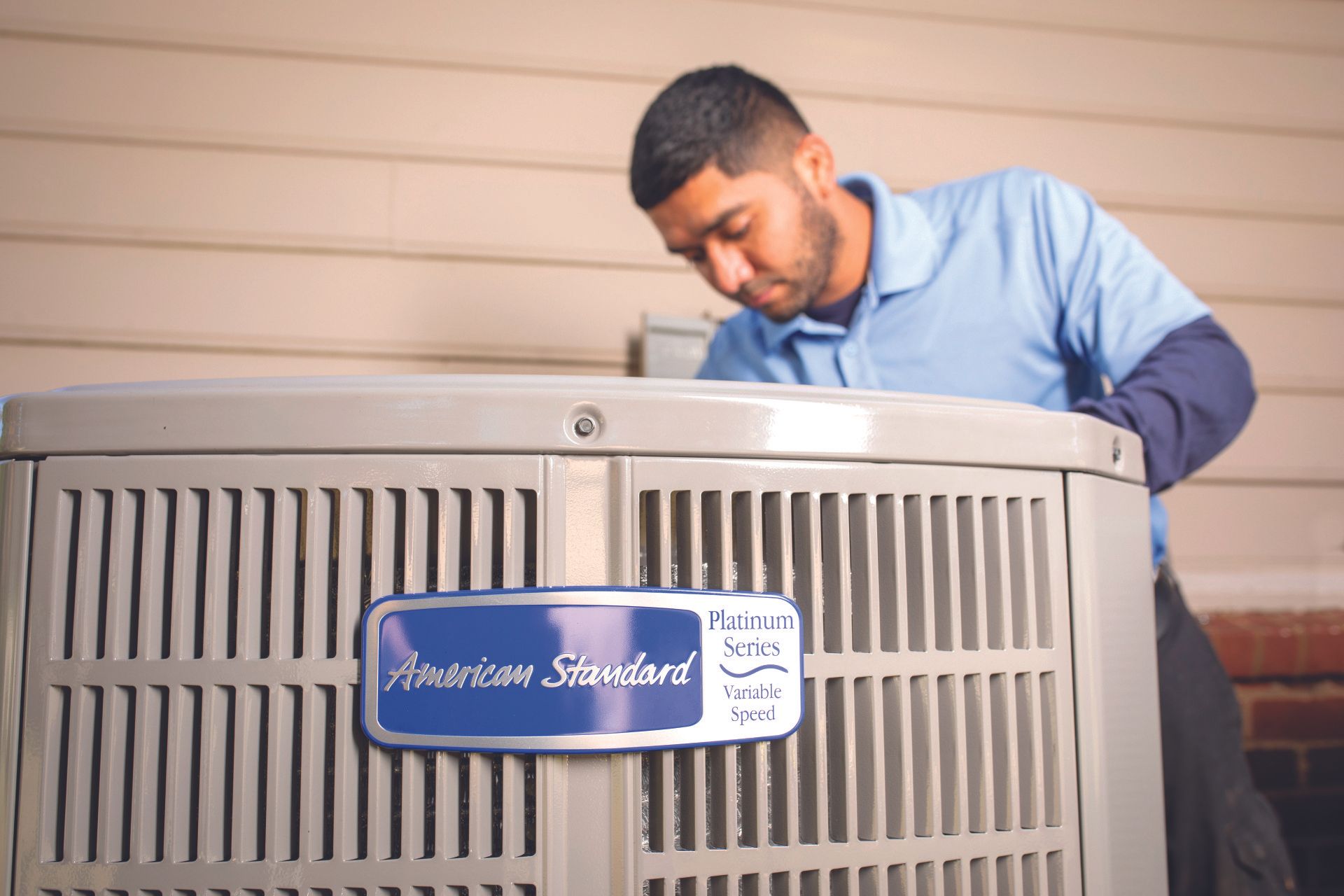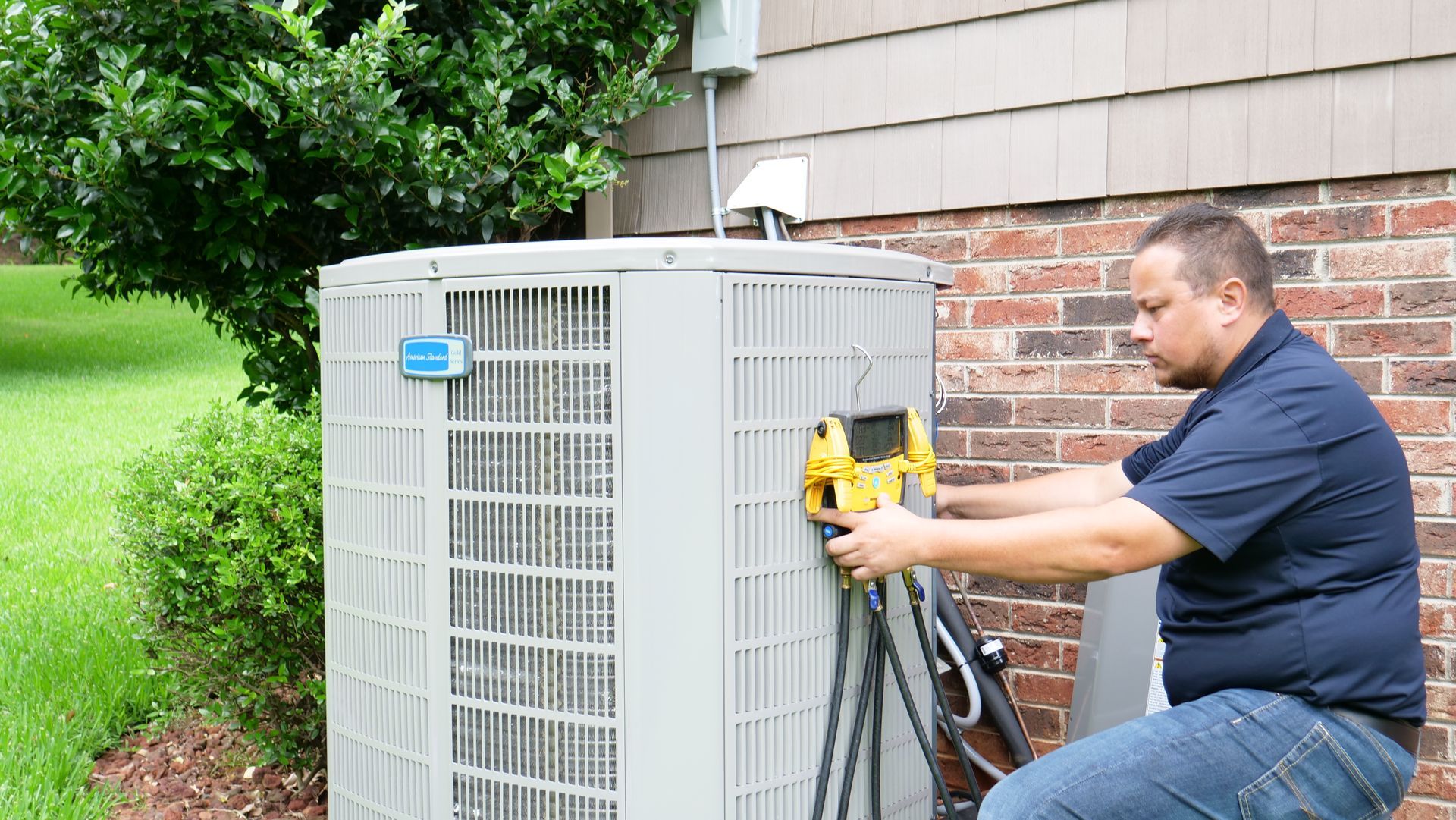Making the Most of Your Heat Pump in Fall: Smart Tips for the Shoulder Season
As fall settles in around Belmont, Lowell, Mt Holly, Stanley, Cramerton, and Gaston County, the days and nights bring fluctuating temperatures: warm afternoons, cool evenings, even sudden cold snaps. If your home uses a heat pump or a dual-mode HVAC system (heat pump + auxiliary heat or furnace), that “shoulder season” demands more attention than many homeowners realize. Here’s how to optimize performance, cut costs, and protect your system during fall’s temperature swings:
1. Use the “Auto” or “Heat / Cool” Mode Wisely
Many thermostats let you set “Auto” or alternate between heating and cooling modes. During fall, this can save you from constant manual switching. But:
- Make sure your thermostat’s temperature differential (the margin where it decides to switch) is reasonable to avoid short-cycling.
- If your system offers a *“dual-fuel” or “hybrid” setting (heat pump plus gas or electric backup), ensure it’s configured correctly for your climate so the backup heat doesn’t kick in too soon.
2. Monitor & Program Your Temperature Bands
The goal is to let the system run longer, more gently, rather than short bursts. To do that:
- Widely thermostats unintended to fluctuate by 2–3 °F before switching modes (for example, set heating trigger at 65°F, switch to cooling only above 78°F).
- Use thermostat scheduling to lower or raise temps when no one’s home (or overnight).
- If you have a WiFi/smart thermostat, review your run history at the end of the season—in patterns you might adjust next year.
3. Keep Your Outdoor Unit Clear
Leaves, twigs, grass, and other debris tend to accumulate around your outdoor unit this time of year. Even small blockages in airflow can strain your heat pump when it’s asked to both heat and cool.
- Clean gently with a leaf blower or soft brush.
- Trim back shrubs or overgrowth to ensure at least 2 feet of clearance.
- During storms, check the unit for debris afterward.
4. Change or Clean Filters More Frequently
Because fall is a transitional season, your HVAC may run in both heating and cooling modes. That means your filter is more likely to accumulate dust, pollen, and debris faster.
- Check filters monthly—even if you typically wait longer.
- Use high-quality pleated filters (MERV 8–13) compatible with your system’s airflow.
- Dirty filters reduce efficiency, cause strain on the blower, and can push the backup heating mode to engage more often.
5. Defrost Cycles: Know What’s Normal
Heat pumps periodically go into defrost mode when frost forms on the outdoor coil. This is normal. But:
- If your unit is constantly freezing or defrosting (especially when temps are above freezing), that could signal airflow problems, sensor issues, or refrigerant imbalance.
- Any extended ice buildup is a warning sign—call us before it damages core components.
6. Seal & Insulate Your Ductwork
With temperatures fluctuating, your system is working harder to maintain comfort. Leaky ducts waste conditioned air, make the system run longer, and can accentuate the climate roller coaster inside your home.
- Inspect visible duct runs (attics, crawl spaces, basements) for loose connections, gaps, or unsealed joints.
- Use foil-backed mastic or HVAC tape (UL-approved) to seal leaks.
- Insulate ducts in unconditioned space to reduce heat loss/gain.
7. Schedule a Tune-Up Before Heating Demands Rise
Fall is the ideal time for a full HVAC tune-up—before you rely on heat heavily. A technician from Native Air will:
- Test and calibrate your defrost sensors and controls
- Check electrical components, capacitors, and wiring
- Verify refrigerant levels and check for leaks
- Inspect backup heat or auxiliary strips
- Monitor system pressures in both heating and cooling modes
Catching minor issues now can prevent breakdowns mid-winter or mid-heat wave.
At Native Air, we’re committed to helping our neighbors around Lowell, Belmont, Mt Holly, Stanley, Gastonia, and surrounding communities get the most out of their HVAC systems throughout the year. If your system uses a heat pump or is a hybrid setup and you’d like a “fall check-up,” schedule a service with us today. We’ll make sure your system transitions smoothly into the colder months—so you stay comfortable, efficient, and cost-conscious. Give us a call today to schedule your next appointment with the Native Air team.
